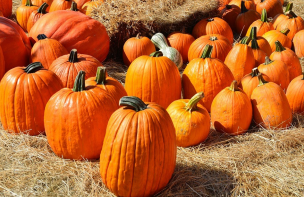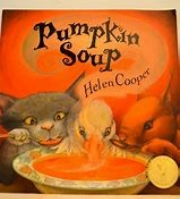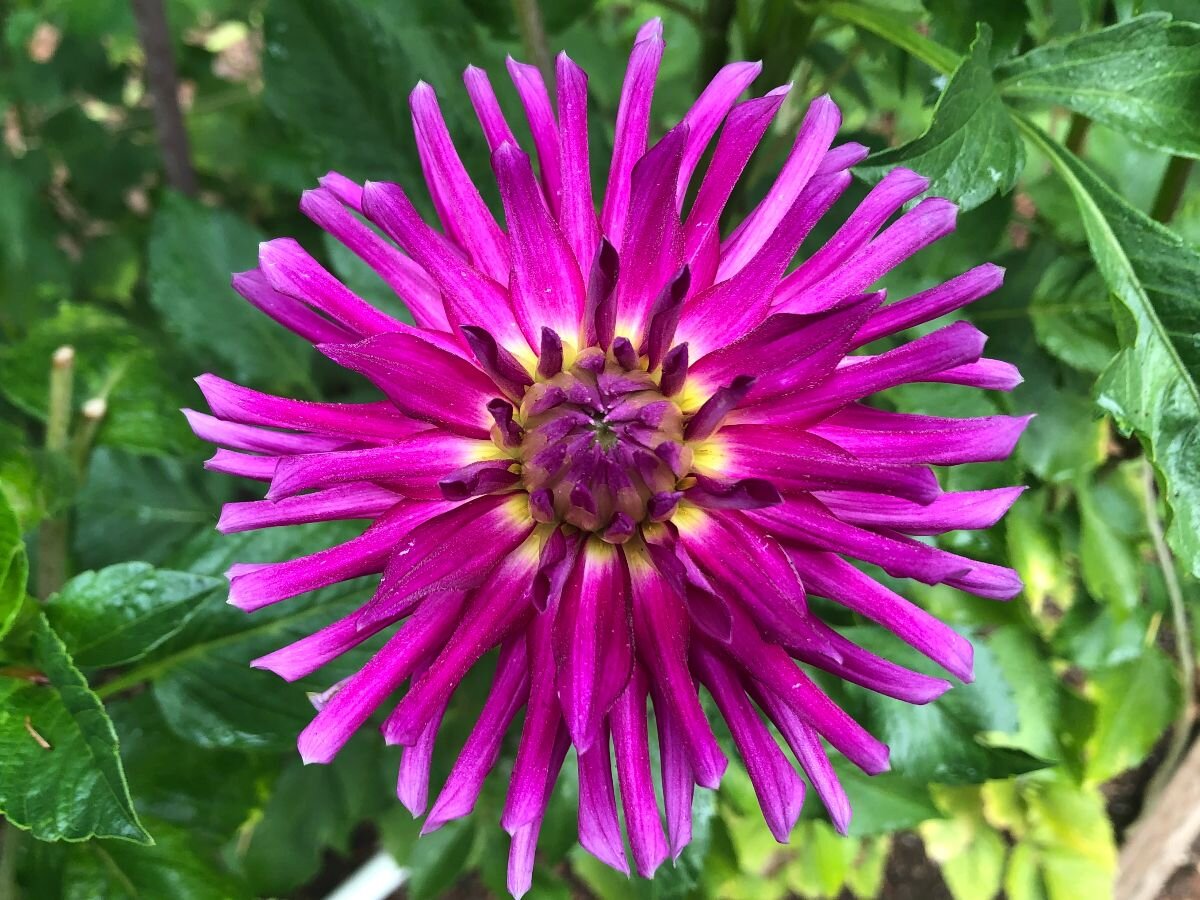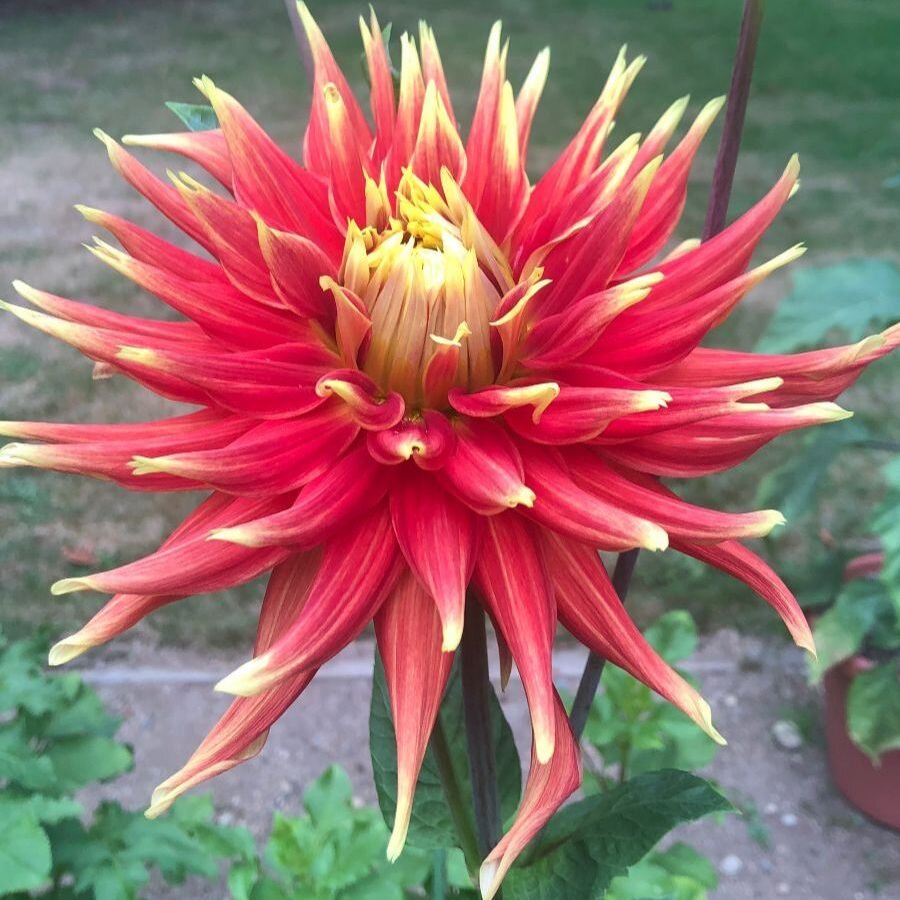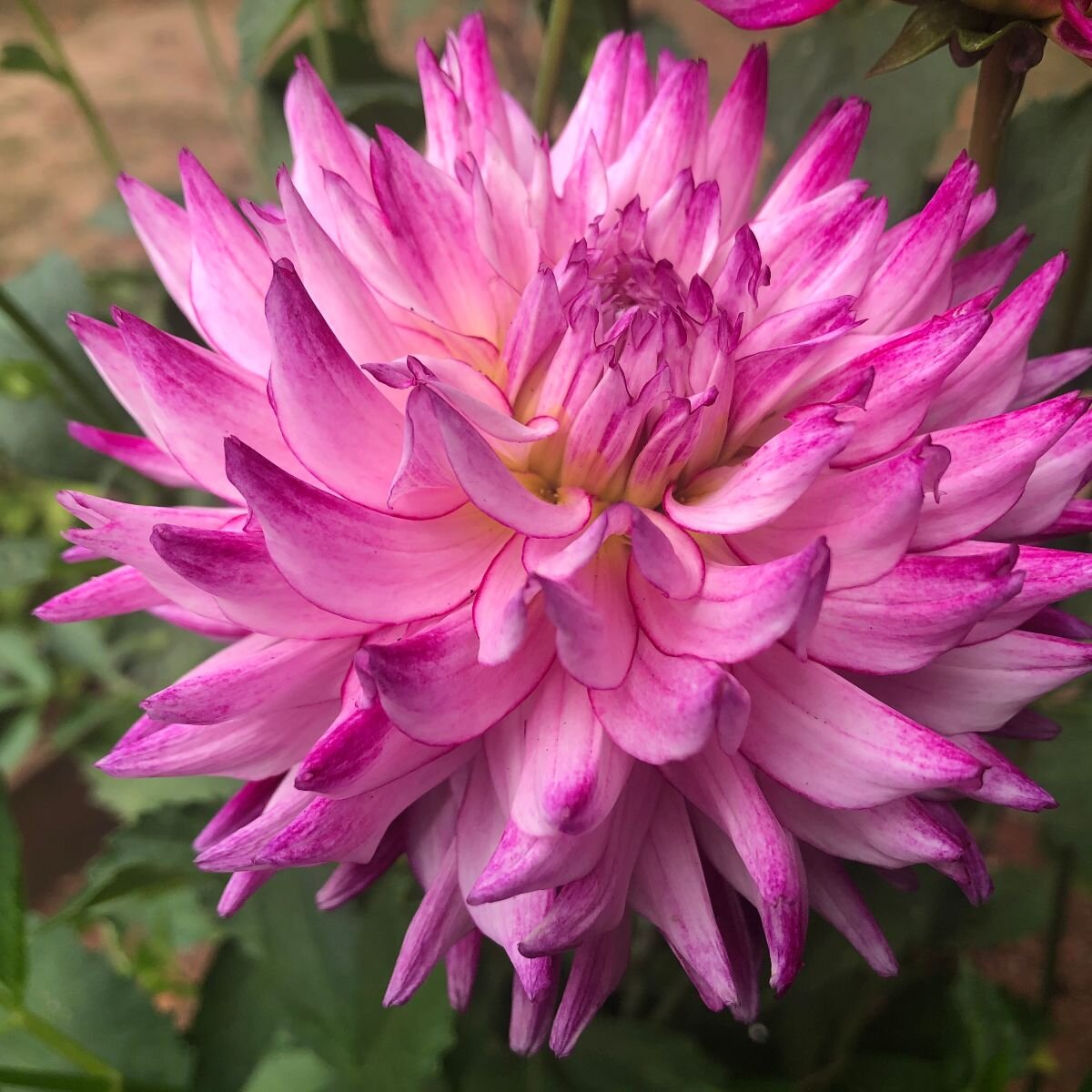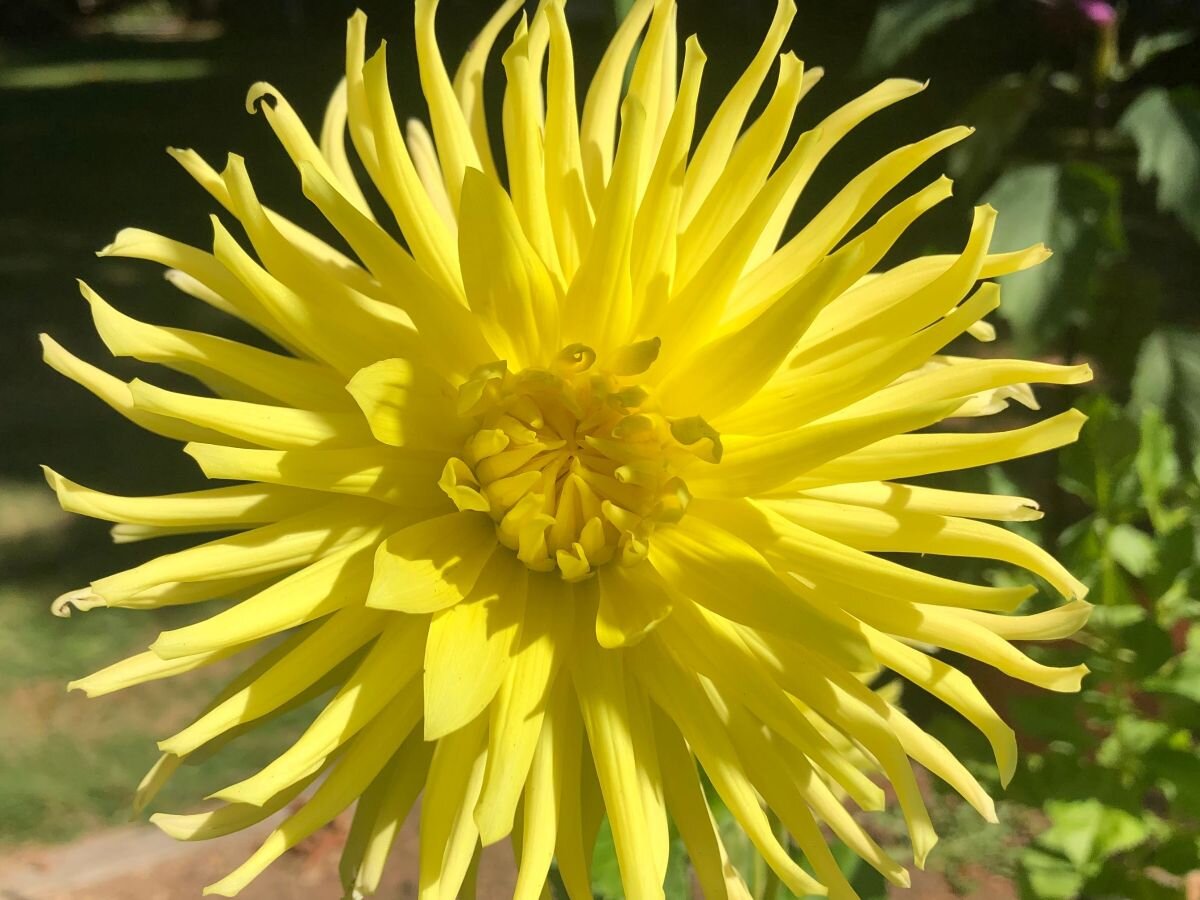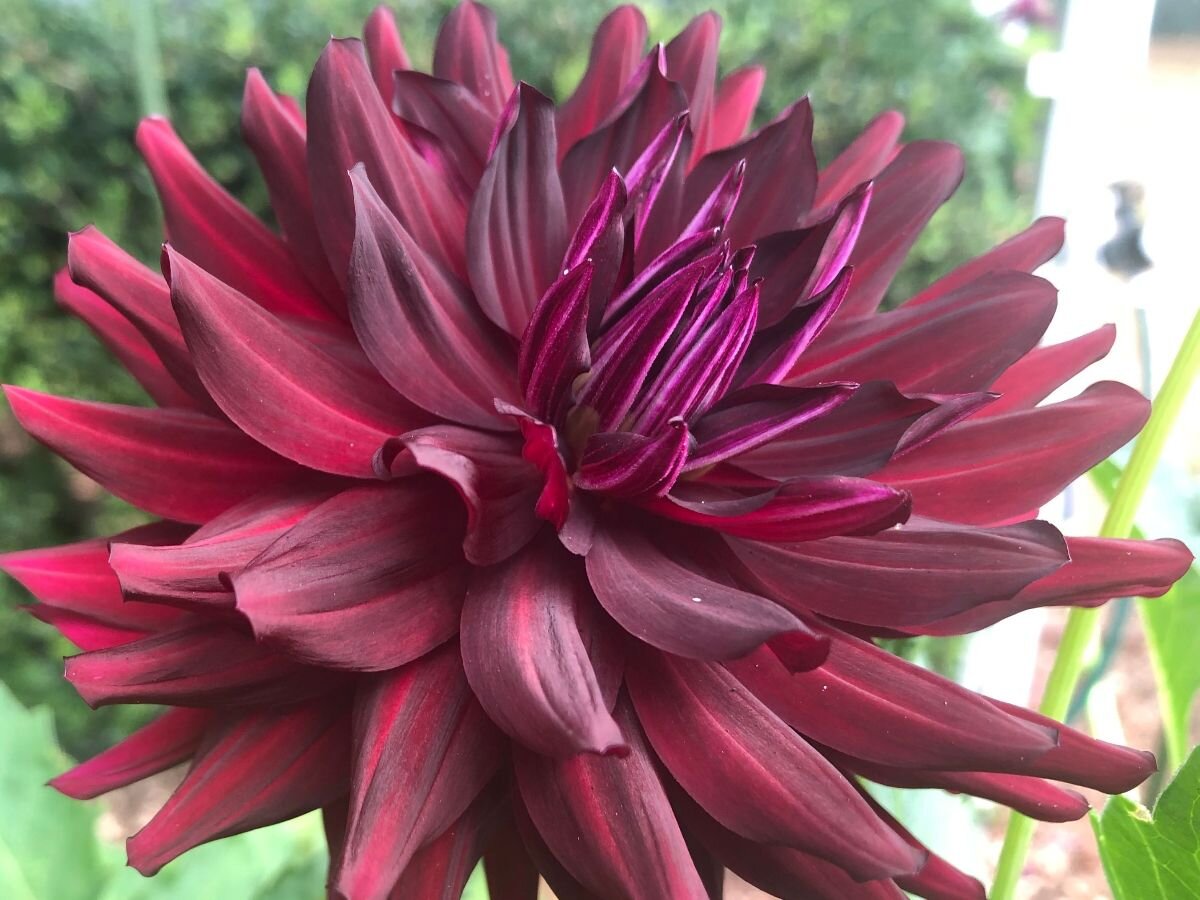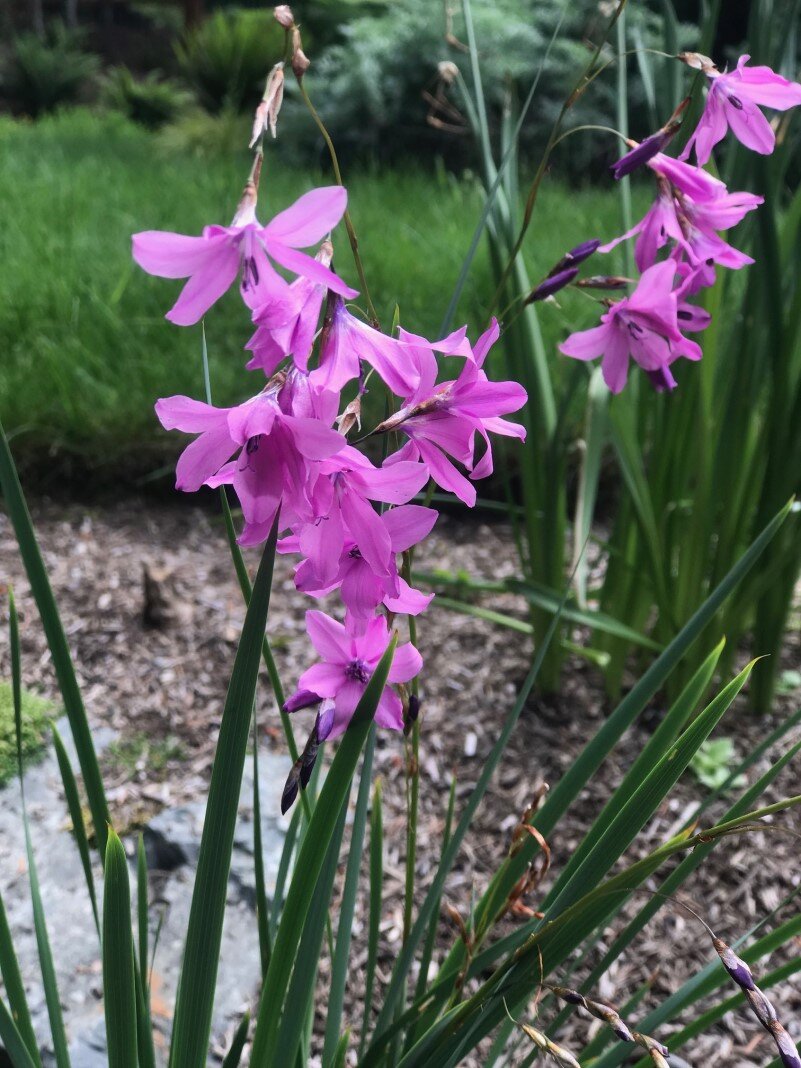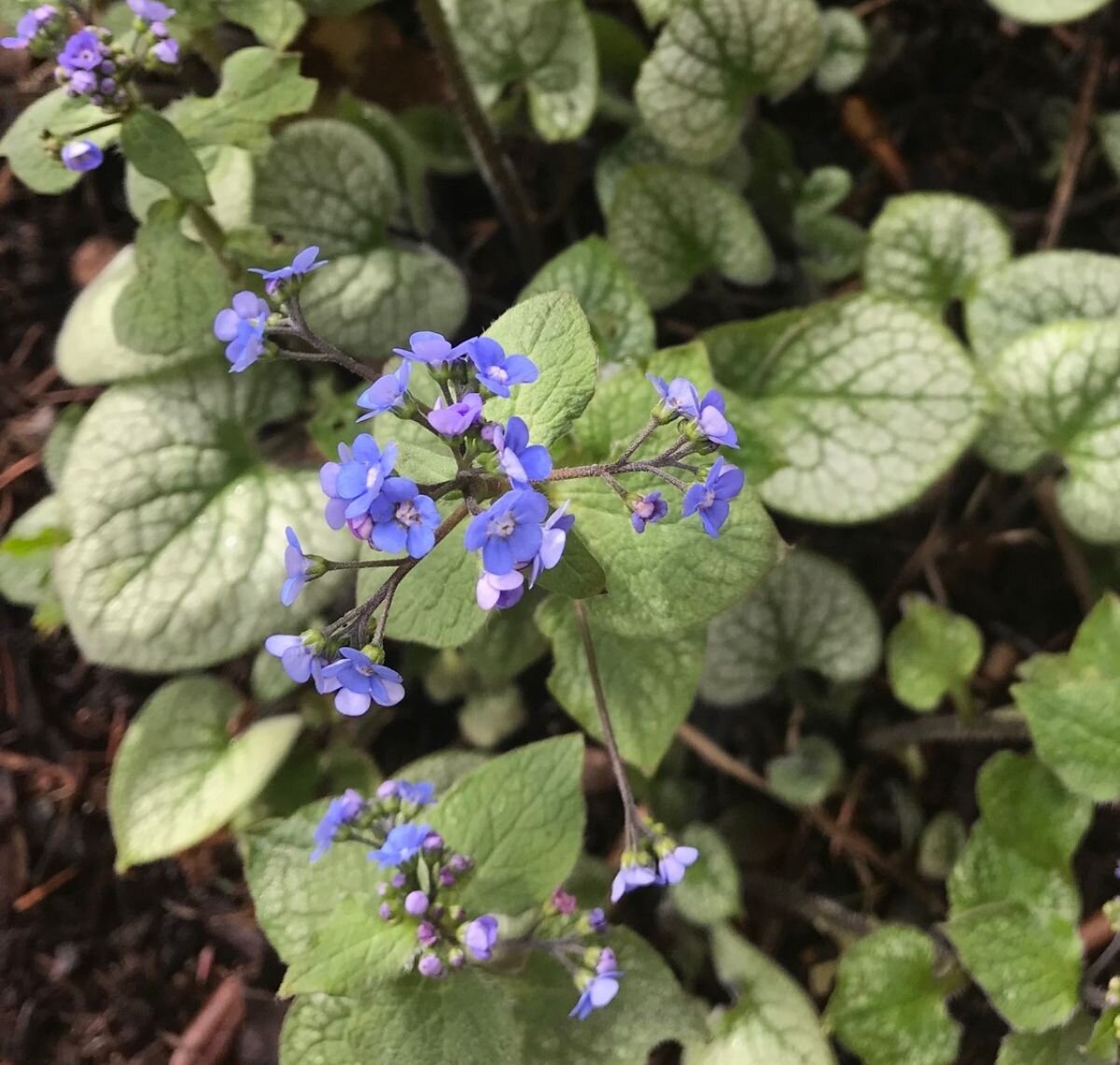
ARCHIVES
Increase the Gardening Palette By Growing From Seeds
Increase your skills and save $$ by starting from seed!
Article by Steve Marple, Sammamish Resident
Starting plants from seeds is not particularly difficult if you take certain preparations. It has the advantage of making available many more varieties than are routinely available at nurseries and can save on costs too. The main considerations are: do some research to see if the seeds need a special pretreatment, use proper media / soil, have good lighting and suitable temperature. These criteria can be met at minimal cost if you just have a little space to devote to the project.
Many seeds will grow easily if planted at room temperature about 6-8 weeks before it is the appropriate season to plant outside. But some need at least a month of a cold and moist period before they will germinate (e.g., native trees and Japanese maples). Others may need different treatment like scarification (scratching the seed coat). Do a little Googling and check several sources to find the most commonly used method. I find that I will get more authoritative sources if I search by using the scientific name. The Royal Horticulture Society is a good source - RHS Germination guide. For cold moist stratification you can put seeds in some damp media in a plastic bag and store in the refrigerator for 30-90 days. My method so that I do not forget about them in the fridge is to plant them in pots or trays in late November to mid-December and keep them in a cold frame, so they are protected from critters. I scarify small to medium sized seeds by folding them in a whole sheet of medium emery cloth and rub the cloth firmly with the palm of my hand. Do it briefly, and check to see if the seeds look scuffed and some dust has formed. For large seeds you can use a file to cut a small gap through the seed coat. Other treatments may be recommended but check reliable garden resources to confirm.
A seed starting mix should be low in nutrients. This will help reduce rotting of the seedling (“damping off”); the seed provides all the nutrition needed for the initial growth. I generally use a soil-less mix like Pro-mix. Using a premium growing medium helps ensure success, and I particularly do not want failure of a carefully timed planting for the vegetable garden. Nor do I want to lose seeds that are expensive, uncommon, or received as gifts. Research will tell you if you need a more specialized medium. Some may require a sandier mix that does not stay as moist such as curry leaf tree (Murraya koenigii), as well as many alpine species and desert succulents. Some sources may recommend a layer of sand over the top of the medium to reduce drying for seeds that take a long time to germinate. Another method to keep the soil evenly moist for long periods is to use a humidity dome that fits over the nursery tray. Sometimes I cover the top of a pot with plastic wrap and secure it with a rubber band. After germination, or if any sign of mold, I will poke holes in the plastic for ventilation. Once they have germinated, I remove the plastic, because the covering blocks a lot of light and good ventilation is needed to prevent losses to fungi.
One other consideration is planting depth. Generally, it is proportional to the size of the seeds. Tomatoes I cover about 1/4”and squash about a 3/4”. Some fine seeds should not be covered at all because they require light to stimulate germination. If you are trying to reduce cost or just running out of soil, larger seeds will probably be fine planted in garden soil or used potting mix with compost. The larger size and more vigorous growth can withstand the less controlled conditions.
There are lots of different lighting options available now. Unfortunately, few windows receive enough light for ideal seedling growth. Many of us would love to have greenhouse, but that is not always possible. Small makeshift cold frames can work well for cold hardy varieties or help keep warm season plants in mid-spring when acclimating seedlings started under lights. Artificial lights work very well. Though there are many options, here I will just keep it simple. For seed starting you need 4000 – 6500K spectrum bulbs. Almost all of my seed starting has been using basic fluorescent shop lights with “Daylight” bulbs (5000K). Four 4-foot bulbs side by side are perfect for growing two standard 10x20” trays. Suspend the lights using either chains or cord with sliding knots, so the height of the lights can be easily adjusted. It is especially important to keep the lights at a distance that will provide proper intensity. For the basic T12 or T8 fluorescents I keep the bulbs within 1-2” of the top leaves. (Some high intensity lights would be positioned further from the plants.) I also use wood or foam pieces under the pots to get them closer. This helps when you have plants that are different heights. I check and adjust almost daily. It is a morning ritual that I thoroughly enjoy.
The final criterion to meet is temperature. Average house temperature will work for most species I have grown. Some germinate better at 75-80 degrees, so a heat mat will help for those. Maybe there is a warm location in your house where you could place a tray for a week to help germination but be sure to get them to good light ASAP once they germinate. Also, after germination you can turn the heat mat off. The lights will provide some warmth, but seedlings grown a little cooler will be sturdier / hardier. A basement that is about 65 degrees can be fine for starting things like tomatoes. Cooler cold frames and unheated greenhouses are great for cold hardy and half-hardy varieties. Those will germinate when the temperature is right for them. Going out most every day of late winter to early spring to look for a new variety germinating is quite exciting for me.
Pot size or planting whole trays is mostly a matter of choice partly due to space limitations. For the varieties I plant in fall that will germinate in the spring I plant mostly in gallons or shorter 8” pots, such as our native Cascade penstemon (Penstemon serrulatus) and tall Oregon grape (Mahonia aquifolium). I use that larger size for greater ability to hold a consistent moisture level. I also like a deeper pot to have more room for root growth. I rarely plant in small cells that would receive only 2-3 seeds. That is tedious, takes up more space, and I am confident that I can transplant seedlings when they become crowded in a larger pot. So, I generally plant seeds in one pot for each variety. With new varieties I guess at germination success, and sow quite a few evenly over the pot. Sometimes they end up too dense, but I can make do by thinning or transplanting the small seedlings.
New seeds of Erigeron speciosus (Fleabane)
When the seedlings grow their first true leaves, I fertilize with a half-strength mix of a balanced soluble fertilizer (20:20:20 or similar). I water as needed, and top water so that each pot is watered for its need. I will feel the soil for moisture content sometime, but I can usually tell by color if it was dried out. A high-quality soil mix has good aeration, so it does not get soggy unless extremely over watered. Especially when plants are moved outside, I make sure the trays will drain so the pots are not left in standing water. Vigorously growing seedlings like tomatoes can be transplanted to individual pots when 3-4 weeks old. Some species will need 2 months or more to be a size that can be easily handled. The stems are fragile, so always grasp them by a leaf. The new soil can contain some compost for added nutrients, but some species may benefit from a more specialized mix to meet their needs. That is particularly true for plants that need a very well-draining soil that will dry out some in between watering. Again, pot size will be a matter of choice depending on the vigor of the variety and the length of time it will stay in the pot.
One particularly important thing to remember is that seedlings started under lights or in a greenhouse will need gradual acclimation to direct sunlight. Glass and plastic block UV rays, so plants grown in greenhouse or under lights have not established their defense against the UV rays of the sun. So, to put them right out in full sun all day long will result in sunburn that will damage leaves and could be fatal. I acclimate over a period of at least a week, with just a few hours of filtered sunlight the first couple days out. One way to make this simpler is to place them where a shadow will fall on them in 2-3 hours. Cloudy days or dappled shade are good ways to get their first exposure. After 4 days they could stay in the sun for 4-5 hours (if not a shade loving species). A few days of that and they can be left out …… if the temperature is acceptable. Watch the weather and bring in tender plants if the temperature will be below 40. Cold frames can really help in this period. Do be aware that direct sun can make cold frames or greenhouse get too hot. They must be opened to let heat out. Some people position fans to blow across the seedlings to reduce humidity that could cause fungus problems, and to make the stems sturdier. I have not needed that. With good light intensity and fertilizing, the stems are short and sturdy. I start acclimation at 4-6 weeks old (when running out of space under the lights). The first rains and winds during acclimation will batter the plants a bit, but after a few hours of sun they should perk up. Keep watching the weather to decide when to plant out, or bring back in. At times I have put them under a patio table for protection from excessive rain. Most are pretty tough though, so don’t make it too difficult.
Tiny new rhododendron seedling
Gardening takes patience, but I find a great sense of achievement by growing plants from seed to maturity. My father and grandfather’s lessons about being thrifty are evident in my gardening practices. I do all sorts of seed saving and propagation. My yard has several nursery areas with pots of young plants including rhododendrons and daffodils I have grown from seed. So, give it a whirl and try growing those plants you have always wanted. The extras are great for trading too, which we all know is another way to get the many plants we crave.
Article by Steve Marple, with over 50 years of gardening experience in WV, KY, and now 4+ years in Sammamish.
Bellflower Apple Kicks Off Heritage Garden Planting
The first guest arrives in the Heritage Garden
Article by Nancy Way, March 12 ,2021
Planting an apple tree was a top priority for European settlers in Washington and Oregon as they established homesteads in the Pacific Northwest. In keeping with that tradition, the Sammamish Botanical Garden Society (SBGS) kicked off a new 6,000 square-foot Heritage Garden at Big Rock Park Central in Sammamish with the installation of an heirloom Yellow Bellflower. The Bellflower is a variety of Pippin apple that was a popular orchard tree in the 1800s.
The tree was donated by Bill and Nancy Way of Sammamish. It is a grafting from a 120-year-old tree in their garden, originally planted on Lake Sammamish when Weber Point was a lumber and shake mill. Three generations of Way children have enjoyed the applesauce and crisps that came from the harvested fruit of the mother tree.
“We are so pleased to have the Bellflower for both its local historical and botanical value. It will be a foundation plant in the SBGS Heritage Garden,” says Bruce Caredio, SBGS Heritage Garden Development Co-Chair.
Caredio and SBGS board members Janelle Deutsch, Lena Wegner, and Rebecca Krum took part in a ceremonial planting along with City of Sammamish Parks, Recreation & Facilities representative Shelby Perrault, Project Manager for the improvements at the 20-acre park property.
Big Rock Park Central was donated to the City of Sammamish in 2017 by a local resident. The park is currently closed to the public while under construction but is anticipated to open to the community in May 2021. The park also includes a historic farmhouse, the Jacob and Emma Reard House, currently being restored by the Sammamish Heritage Society. The garden and house are oriented to create a natural flow between them, reminiscent of how a family homestead might have looked.
The Ways believe it was serendipity that their grafted tree needed a permanent home at the same time the Heritage Garden was coming to life. Their mother tree has always been a family treasure, but an aging profile had the family worried that its life was coming to an end. Two decades ago, they attended a heritage tree grafting class at Raintree Nursery in Morton. The resulting baby was potted and eventually planted in their garden. Meanwhile, the mother tree began to rebound. Without pesticides and with improved pruning, it became more productive than ever, despite its age.
A new home in the Heritage Garden for the Yellow Bellflower Apple Tree
“With two healthy trees, we were overwhelmed with apples,” says Nancy Way, Sammamish Parks and Recreation Commission member and author of Our Town Redmond, the Redmond history. “We are thrilled that the genetic material of our Bellflower will be saved in the Heritage Garden.”
Originally a campsite for the Sammamish tribe and other native people, Weber Point became a bustling company town in the 1890s with the establishment of the Lake Sammamish Shingle Mill by pioneer lumberman Joseph F. Weber. The steamboat S.S. Squak called at the tiny settlement, that included a cookhouse, bunk house and a few homes. Apples that could be canned or made into sauce were highly prized by the hungry millworkers and their families who couldn’t visit a grocery store for fresh fruit.
Yellow Bellflower is a cultivar of domesticated apple that originated in New Jersey with its first documented graft carried across the United States in 1847. It has many other names including "Belle Flavoise" and "Lincoln Pippin.” A favorite for baking and canning, its fruit is variable in size, with a lemon-yellow color and pinkish-blush hues in sunny exposures. Its flesh is whitish, firm, fine-grained, tender, aromatic, and quite acidic early in the season. Usually picked on the tart side, it can be mellowed in storage.
Like heirloom tomatoes, heritage apples have developed a strong following among plant preservationists who are actively saving seeds, grafting from colonial trees, and planting orchards of old species. Their aim is to build species diversity for long-term health and survival. Of the 15,000 tree varieties historically cultivated, 90 percent of apples eaten today are from only 15 varieties.
Digging and transplanting the 8-foot-tall Bellflower and its 400-pound root ball was executed by a crew with Big Trees of Snohomish.
The Sammamish Botanical Garden Society has now signed an agreement with the City of Sammamish for the design, installation, and maintenance of the Heritage Garden. Members have been gathering other heirloom specimens and seeds through the winter, with planting to start in March and April. Volunteers are needed for planting as well as the maintenance of the garden.
Featured Plant: Calluna vulgaris
By Lena Wegner
Writing this report on heather took me back to my childhood. I grew up in a house that was the last in a subdivision which abutted a large heather preserve in Northern Germany. My cousins and I roamed the low hills, the Scotch pine and birch stands, and the blueberry thickets all year long, but especially during the big - to me then seemingly endless - summer vacations.
The best time, of course, was August, when the whole world seemed to be blooming, from horizon to horizon. We would take Prince, my dog, and set out on adventures. There was a spring, where some farmer long ago had dug a small cellar. It was still partially covered, was moist inside, mysterious and great to hide in. There were different color sands and stones to collect and, near the trickle of water, some large flowered heather (Daboesia) grew. The Daboesia was protected and we felt very wicked when we picked a branch for the miniature gardens we made. We also looked for mushrooms; Steinpilze (Boletus edulis) were the best! They grew under pines and birch trees in fall, at the edge of the heath. We felt like heroes when we brought them home and they were our supper. We kept the spots secret!
One of my most wonderful memories concerns my tiny grandmother and the heather. For my August Birthday she would make a beautiful heather basket for me. She covered the inside bottom in moss and put a small present in it. I kept the baskets for a long time.
Field of Heather in Scotland. Photo Credit: Lena Wegner.
Botanical Name: Calluna vulgaris. The name calluna is derived from the Greek word “kallunein”, which means to sweep or cleanse, and refers either to the fact that calluna was used to make brooms or that it was used in medicine to “cleanse” the body.
Common Name: Scotch Heather or ling. Ling is derived from the Anglo-Saxon word “lig”, meaning fire, referring to the use of heather as fuel.
Family: Ericaceae
Natural Range: Northern and Western Europe. Heather is a dominant plant in hilly moorlands and heathlands of the UK and Continental Europe.
Other Cultivars/Species: Calluna vulgaris is the sole species in genus calluna with over 500[1] cultivars; Close relatives are Erica and Daboesia.
Plant type: Small, evergreen, mat forming perennial shrub growing to two feet tall with an upright habit.
Leaves: Very small, fine, scale-like leaves, arranged in opposite pairs along the stem.
Flowers: Violet-pink, bell-shaped flowers in August/September, on narrow, erect racemes, with flowers having up to 8 deeply colored bracts. The corolla is completely enclosed by long, colored sepals. They are very attractive to bees.
Diseases/Pests: Heather is quite free of diseases and pests if it is grown in an environment it likes. Garden books will list several problems, but most seem caused by conditions in the garden. (e.g. Hot humid summers cause root rot and spider mite infestations. Heather beetles can cause extensive damage. Both adults and larvae feed on the plant. Lepodoptera larvae also feed on it.)
Cultivation: Heather likes an open site, ample moisture, full sun, and humus rich,[2] well-drained, acidic soil (acidity is a must!). It can handle some shade, but not much. It does not like hot, dry summers. Calluna is quite hardy.
Heathers, Calluna vulgaris, Erica and Dabosia, are latecomers to the garden. For a long time they were thought to be too common to be considered ornamental. A fashion change in gardening, away from the formal French style to the “New English Style”[3], brought about mainly by “Capability” Brown (1716-1783), advanced the use of heathers and conifers. According to some literature about 400 cultivars were available during the 19th century, compared to over 1,000 now. A virtual cultivar explosion took place during the 1950s when the Bressingham nurseryman Adrian Bloom (1906-2005), “invented” the island bed which allowed viewing plants from all sides. Using “drifts” of various heather cultivars, he created year around interest in those beds and they had the added advantage of not obstructing the view of other garden plantings.
In the wild Calluna vulgaris grows in the poorest of soils, but it needs an open location that is moist but well drained. It prefers sandy, acidic soil, but may tolerate other soils, as long as they are acidic. It tolerates exposed, windy sites. (The German name for heather, “Heide”, comes from the old Germanic word “haithio” meaning unknown, wild green land or woodlands, lands that were at best hunting grounds.)
In the garden the above conditions should be duplicated as far as possible. Heather should be pruned severely each spring before new growth emerges. Hand pruning of old flower stalks to 1/3 – 1/2 with shears is recommended.
Propagation: Propagation can be achieved via soft tip cuttings or layering.
History: After the last ice age, heather colonized the sandy, boulder-strewn areas left behind by the melting glaciers.[4] Moors with peat bogs were strewn among the hills. Heather still covers thousands of acres in Scotland, Northern England, Scandinavia,[5] and Northern Germany. The large heaths in Northern Germany differ from the others in that they have their origin later, in the middle ages, when the population which started with the first permanent settlements in 3,500 B.C., increased. Overgrazing and deforestation impoverished the marginal soil the glacier had left behind to the extent that only heather would grow there. As soon as soil is more fertile, Calluna looses out to other plants such as grasses.
Today heaths are often protected as nature preserves, because heather landscapes have been shrinking since the advent of synthetic fertilizers.
Uses: Heather is used as ornamental groundcover, edging of beds, in rock gardens and on embankments, as well as in island bed drift plantings mentioned above. When combined with winter blooming Ericas (Erica cinera = bell heath and Erica canera = winter heath), heathers provide a long blooming season. Calluna, used in combination with Erica, dwarf conifers and grasses, provides a beautiful, natural landscape.
Heather is, and has been from the time before written records, an important food source for wildlife. Heather likes pruning, and, in the wild, a special type of sheep (Heidschnucke = ovis ammon f. aries), deer, grouse and hare feed on it and so perform that service. Wildlife also eats the seedlings of birch and pine, which threaten heather.
Heather beer was brewed in the middle ages, before hops, and the Picts rather died than revealed their heather ale recipe to the conquering Irish. Man has used heather clods to build shelters, thatch roofs, bed down animals, make brooms, scrubbing brushes, tan leather, and produce a yellow dye to color yarns and cloth.
Medicinal uses included treatments for the common cold, arthritis, rheumatism, and urinary problems.
Heather honey is a sought-after treat today and is thought to be good for you.
White heather means good luck. Dried heather is used for decorations.
[1] The numbers given fluctuate from 400 to 1,100.
[2] I have a quarrel with this statement. Heather naturally grows in acidic soil of very low fertility and often resents kinder conditions.
[3] Improve on nature” was the slogan
[4] End moraine territory
[5] Heather is the national flower of Norway.
Pumpkins
Autumn always makes me think of cooler weather, changing leaves, and of course pumpkins! Join us in learning a little more about this fall fruit with the book From Seed to Pumpkin by Wendy Pfeffer. After listening to the book you can complete our pumpkin life cycle worksheet (page 1 and page 2).
For a little more pumpkin fun, click on the link for a pumpkin stamping craft.
Finally, snuggle up and listen to the book Pumpkin Soup by Helen Cooper, and maybe even try making your own pumpkin soup with this recipe.
Dahlias
Photo credit: Janelle Deutsch. From top left to right: Tutti Fruitti, Show ‘N’ Tell, Enchantress, My Little Sunshine, Hollyhill Black Beauty.
By Janelle Deutsch
In the mid-1980’s there was a small dahlia farm off the Issaquah-Fall City Road. Apartments and commercial buildings stand there now. It was at this dahlia farm that I bought my first dahlia tubers. New to gardening, I ordered some garden soil, mixed it with aged horse manure, and planted the tubers. The results were so gratifying that I have been growing dahlias ever since.
The dahlia is a genus of tuberous plants that are members of the Asteraceae family. They are related to species that include the sunflower, daisy, chrysanthemum and zinnia. There are so many varieties of beautiful dahlias to enjoy: cactus, anemone, waterlily and dinner plate, just to name a few. The colors run the spectrum of pure white to almost black, with every other color combination in between (except blue). Blooms can vary from two inches (petite lollipop pompoms) to 15 inches (dinner plate). In addition, dahlias can come in heights, anywhere from two feet to over five feet. I often get asked the question to “dig or not to dig” up my tubers in November. The dahlia tubers cannot survive extreme cold temperatures. I personally leave my dahlia tubers in the ground over the winter since the northwest weather is relatively mild compared to other regions of the country. However, I do cut down my dahlia stems below the ground and cover the tubers with several layers of mulch. In this way, the plants are provided with warmth and protection from too much water. Excessive moisture can cause tuber rot. These versatile plants are deer and rabbit resistant (which is a plus in our area), relatively easy to grow, and are excellent cut flowers for arrangements.
Summer is over. Fall is just beginning. The dahlias are still lighting up the yard with vibrant colors and eye-catching shapes for a few more weeks. The kitchen vase is empty, and the dahlia garden is calling…
Plants for Summer
By Sarah Cheng
To quote a kindred spirit, Steve Aitken, editor of Fine Gardening magazine: “I have a bit of a collecting problem… I always want to know about something new, something obscure, or something variegated.” And with those thoughts in mind, I would like to share two plants blooming in my June garden.
Angel’s Fishing Rod (Dierama pulcherrimum). This evergreen perennial first caught my eye in the garden of Barbara Flynn, a locally well-known plantswoman. The bright pink flowers catch the breeze, with foliage similar to Japanese iris. The name comes from the choice to plant near a pond, where the arching stems can drape over the water. In addition to pink, these come in a range of colors from white, yellow to dark red. Mine was purchased at a local plant sale. Start your search! I was surprised to spot many growing on a steep bank in Seattle’s Montlake area, speaking to its hardiness and dependability.
Burning Bush or Gas Bush (Dictamnus albus). Why such a strange common name? Per the Missouri Botanical Garden website, the plant secretes volatile oils while flowering. If a match is placed close to the stalk, it becomes a flash of fire! I discovered a $1 packet of seeds at the Center for Urban Horticulture a few years ago…not much of a risk to take a chance on a plant I’d never heard of (fulfilling the “something obscure” obsession). It’s been an investment of three years, but I’m very happy with the results, with colorful stalks of flowers, visited often by bees and hummingbirds. This herbaceous perennial has pinnate foliage, still interesting after the flowering is done. The plants are not eaten by rabbits, deer or slugs, which puts it in a special category in our Sammamish gardens.
Add both these perennials to your “gotta-have” list. Part of the fun is the treasure hunt. Happy hunting and gardening. For information on more ideal plant selections in our growing area, the SBGS recommends the website: Great Plant Picks (www.greatplantpicks.org). Happy gardening!
Spring Favorites
Siberian bugloss (Brunnera macrophylla ‘Jack Frost’). Not only my favorite, this plant was awarded the 2012 Perennial Plant of the Year. Light blue forget-me-not type flowers are blooming now, with new leaves popping out on this shade or part-shade perennial. The leaves decay in the winter, but return readily in our Zone 8 gardens. While not evergreen, the benefits outweigh this minor negative. After the flowers finish blooming in the spring, the clumping type plant, which is dividable for free additions, continues to give summer contrast in the garden with silvery, green veined heart-shaped leaves. Many gardeners new to our area ask “What is that beautiful plant?”
Variegated Winter Daphne (Daphne odora ‘Aureomarginata’). This is a beautiful plant at all times of the year, adding to foliage interest in the garden with evergreen leaves tinged in white. During the late winter and early spring months, the plant produces very fragrant small clusters of small pink flowers. I recently walked through the Bellevue Botanical Garden where the air is filled with the sweet scent of this favorite shrub, which grows to about four feet tall. Mine is happy to grow in not perfect soil, in part shade near a stand of pine trees.
Both of our spring plant picks are slug, rabbit, and deer resistant! For information on more ideal plant selections in our growing area, the SBGS recommends the website: Great Plant Picks (www.greatplantpicks.org). Happy spring gardening! - By Sarah Cheng
Plant for Winter Interest
Photo credit: Richie Steffen / Great Plant Picks
By Sarah Cheng
We are fortunate to live in a mild winter climate – enough to have more than firs, ferns and salal for our winter greenery. One of my favorites for winter interest is Grevillea victoriae, ‘Murray Valley Queen’. Grevilleas aren’t so common in our area, but what’s not to like? Here’s a shrub with green leaves all winter, orange clustered flowers which start to set in November continuing until late spring, deer and rabbit resistant, drought tolerant once established, and hardy without fertilizer (avoid phosphorus). These plants are rated as Zone 7 or 8. The ones in my garden survived the past winter’s heavy snow and cold, and this year’s early frosts, with flowers already starting to bloom. Try one…or more. Happy gardening!
Pineapple Lily
A Plant Choice for Fall Gardens
One of my garden goals is to have eye-catching plants at every time of the year. We’re fortunate to live in an area where that’s an easy and fun exercise. In late August, I’m very happy to see my pineapple lily (Eucomis ‘Rhode Island Red’) coming into its full splendor. Not only is this plant one of my many favorites, but it’s also endorsed by Dan Hinkley. Although this perennial lily, part of the Asparagus family, disappears in the winter, in late spring it brings much joy as the first strappy leaves push through the ground. The early growth is a deep burgundy, which adds interest to the garden in color and texture even before the flower spikes develop. But when other perennials are coming to the end of their summer glory, this lily is still going strong. It is well-behaved with a compact shape, growing to over three feet tall. A big plus is the rabbit and deer resistance. Nurture this one, my fellow garden nerds! We can always squeeze another focal plant into our garden beds. Happy gardening.
From our treasurer, Sarah Cheng
